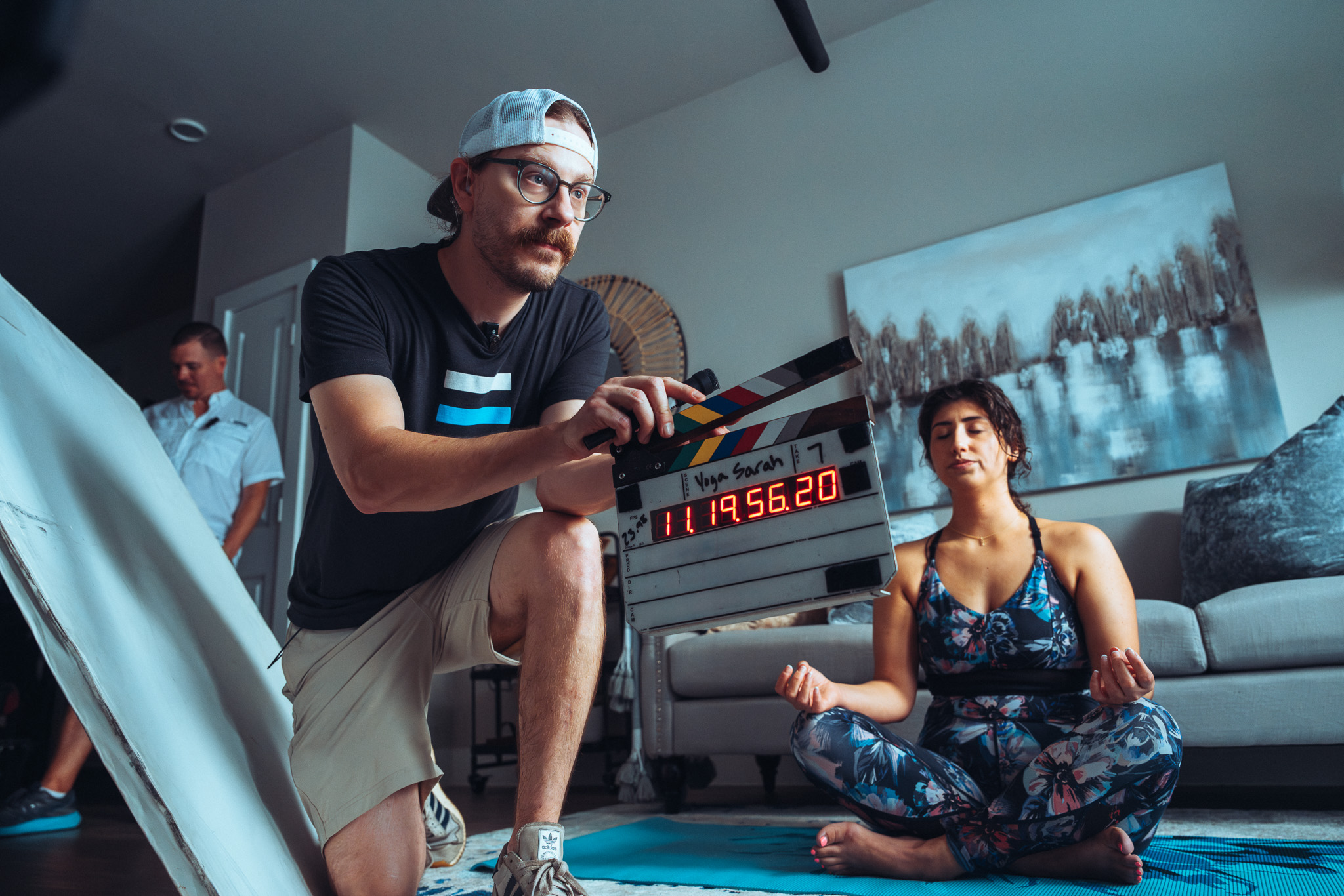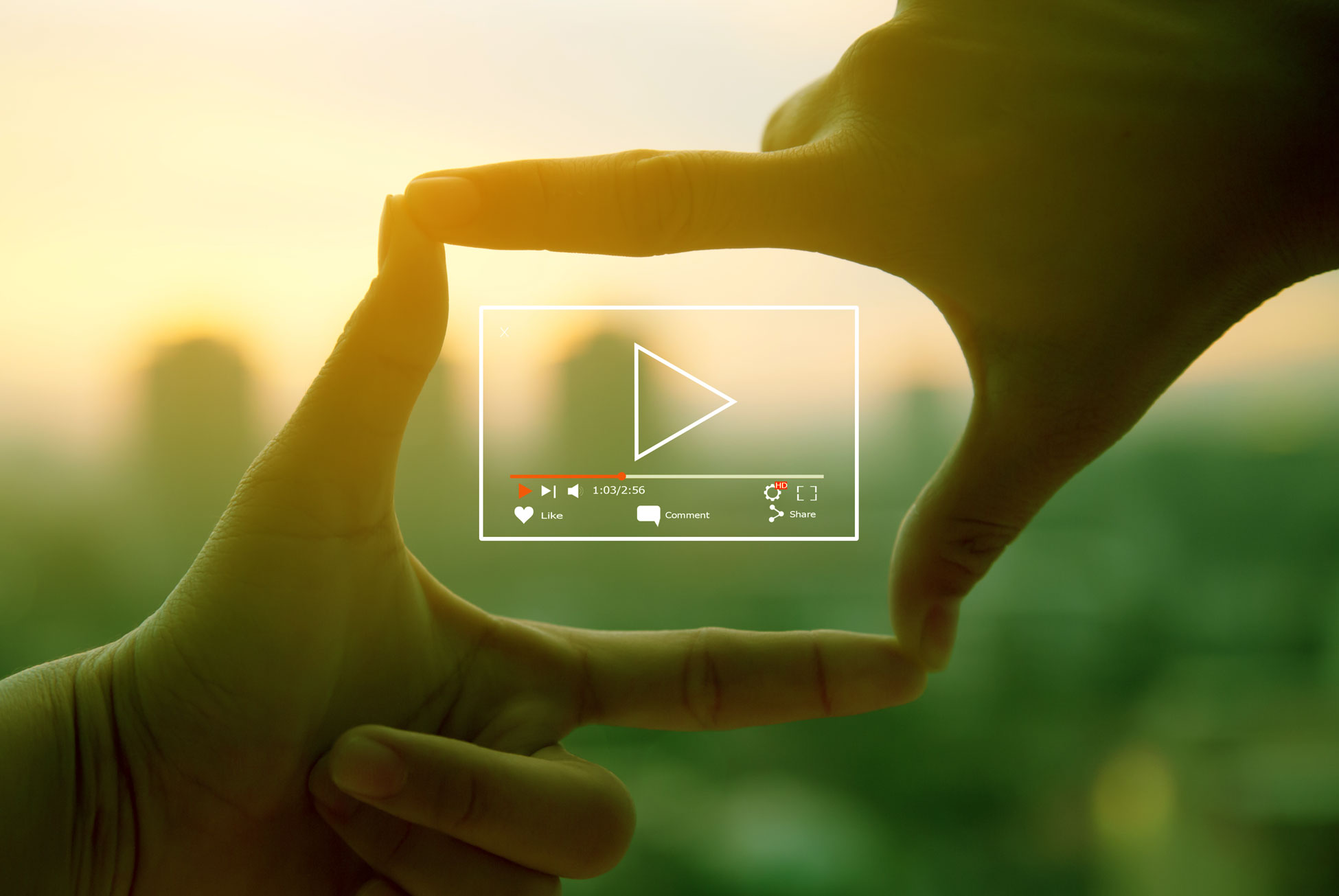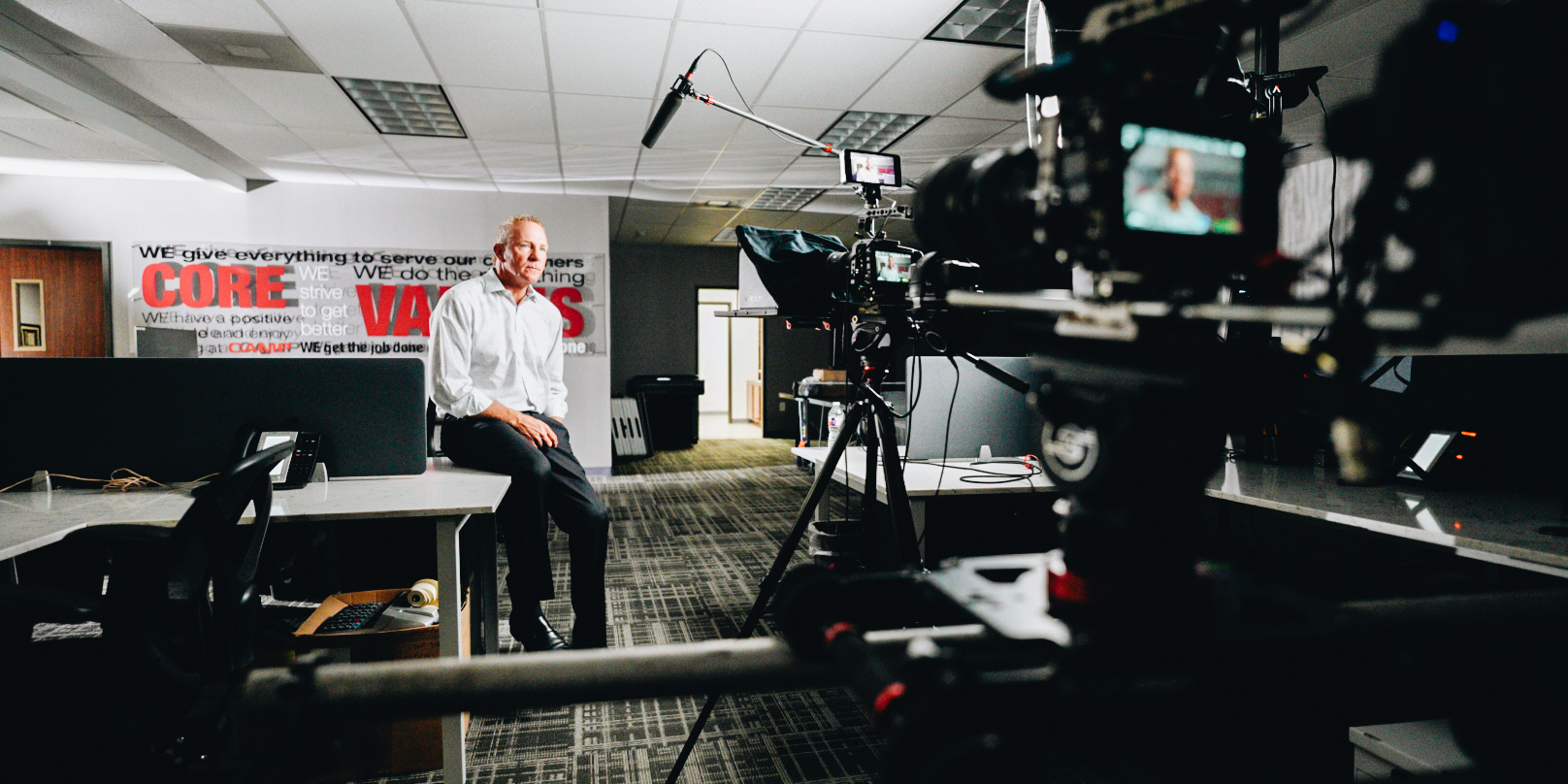Keeping it reel in your video content
Video content is the golden standard. Social media platforms give preference to videos and will show your videos to a larger audience. New data shows that video content results in more engagement, higher conversion rates, and a better customer experience. At this point, I don’t have to make a case for why creating video content is necessary for anyone serious about making an impact in 2020.
The real question is how to make your video content effective. One of the most important characteristics of great video content is authenticity. How do you ensure that your videos are authentic to your audience? Let's look at authenticity in video content from both behind the camera and on-screen.
Behind The Camera
Besides staging the set, setting the lighting, testing the audio, and working the camera equipment correctly, you must also consider other factors to produce a great authentic video. Having the most professional equipment, set design, and concept are all valuable assets that can make your video content shine; however, even with these things your video can fail the authenticity test and fall flat with your audience. Working behind the camera, it is your job to take control of your subject and ensure the message is clear, relatable, and real. We have all seen amazing looking videos where the subject matter, message, and on-camera talent is robotic and stale. When the audience perceives the video as fake or try-hard, you lose credibility and this will affect the trust you are trying to build.
In order to capture authenticity on-camera, there are some ways you can game the interview process to improve your chances. Award winning director and producer Bobby Holbrook had this to say about capturing authenticity.
"Interviewing a person on camera is more of an art form than a process. Knowing this art form is what separates a good interview from an outstanding interview. Within the first 2 minutes of meeting the interviewee, I have a good grasp on how the interview will "feel" and "where" to start my questions. You have to remember that you are dealing with people at the core of this. People need to feel comfortable to come out of their shell. That’s where you get the realness from, when someone is comfortable and to a degree vulnerable — that’s the root of authenticity.”
5 ways to capture authenticity from behind the camera:
- Relax and create a comfortable environment. Design your set to be as relaxing as you can. When interviewing you will want your on-camera talent to be comfortable and relaxed.
- Be able to relate on a personal level to your interviewee. Most people have anxiety when it comes to being in front of the camera. So relating to your talent and getting them to open up is crucial to capturing an authentic experience.
- Be willing to alter the storyline on a dime. When filming, new information can come to light at any moment. Be willing to go with the flow and adjust your story when presented with new information. Oftentimes the best stories come up naturally and if you’re too rigid you will miss out.
- Edit the story as they speak. To get an authentic story on camera it needs to flow naturally. In order to get this natural feel the story line must be told from your subjects own words. Be sure to recognize how your subject speaks and edit the story to be conversational based on their cues and talking points.
- Put the paper down and ask questions. Covering all of your talking points is important, but most importantly is capturing the natural speech patterns and understanding that your subject is espousing on. Cover your talking points and then ask follow-up questions. Allow your subject to speak freely, and if more clarification is needed, ask more questions. You can always edit out extra information, but you can’t add anything if you don’t get it on film first.
On Camera
Public speaking has been rated as more fear-inducing than death. That’s right, a majority of people consider speaking in public scarier than death. This fear and anxiety can be transferred directly on camera. In order to capture authenticity we must address this fear directly. Not everyone is fit to be your on-camera talent, however there are some things you can do to help lessen your fears and get an amazing authentic video in the end.
5 ways to be more authentic on camera:
- No script. If you’re being interviewed, it's because you know your stuff. Put down the script and canned responses and speak directly from experience.
- Keep it conversational. No need to fill your video with complicated terms and jargon. Discuss topics as if you are chatting with someone about your business at a restaurant or bar. Talk like a human. (Humans are your audience.)
- Loosen up. Literally, do something physical to shake the rust off. Jumping jacks, stretches, and brisk walk are all helpful ways to rid yourself of physical anxiety that will show up on camera.
- Don’t look at the camera (unless directed to do so.) The camera is just a tool to convey your message, if you focus on the camera you will lose the ability to speak through the camera to your audience. This will break down the wall between you and your audience and let the authenticity of your message shine through.
- It’s okay to mess up. We are recording a full interview and will be editing the footage in post. Making a mistake is no problem at all; we cut it out of the final product. Instead, have fun with the process. Don’t be afraid to show your personality and human vulnerability. People are attracted to fun and positive vibes. Allow yourself to enjoy the experience and your audience will feel that.
So there you have it. Whether you are in front of the camera or behind the scenes, you have some ideas to make your next video more authentic and valuable for your audience.
Video is a great way to connect with your audience, explain complex ideas, showcase your products or service in action, and increase engagement. If you want to get started on your next video project, we are here to help!
You May Also Like
These Related Stories

The Top 6 Small Business Video Marketing Strategies

How to Repurpose Video Content Across Sales and Marketing Channels




No Comments Yet
Let us know what you think